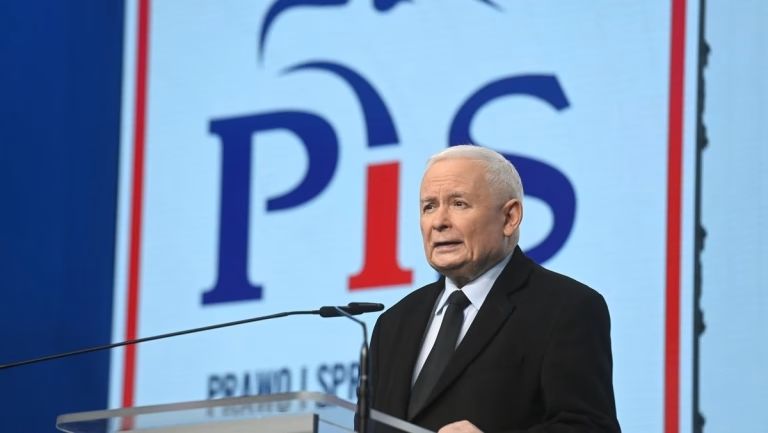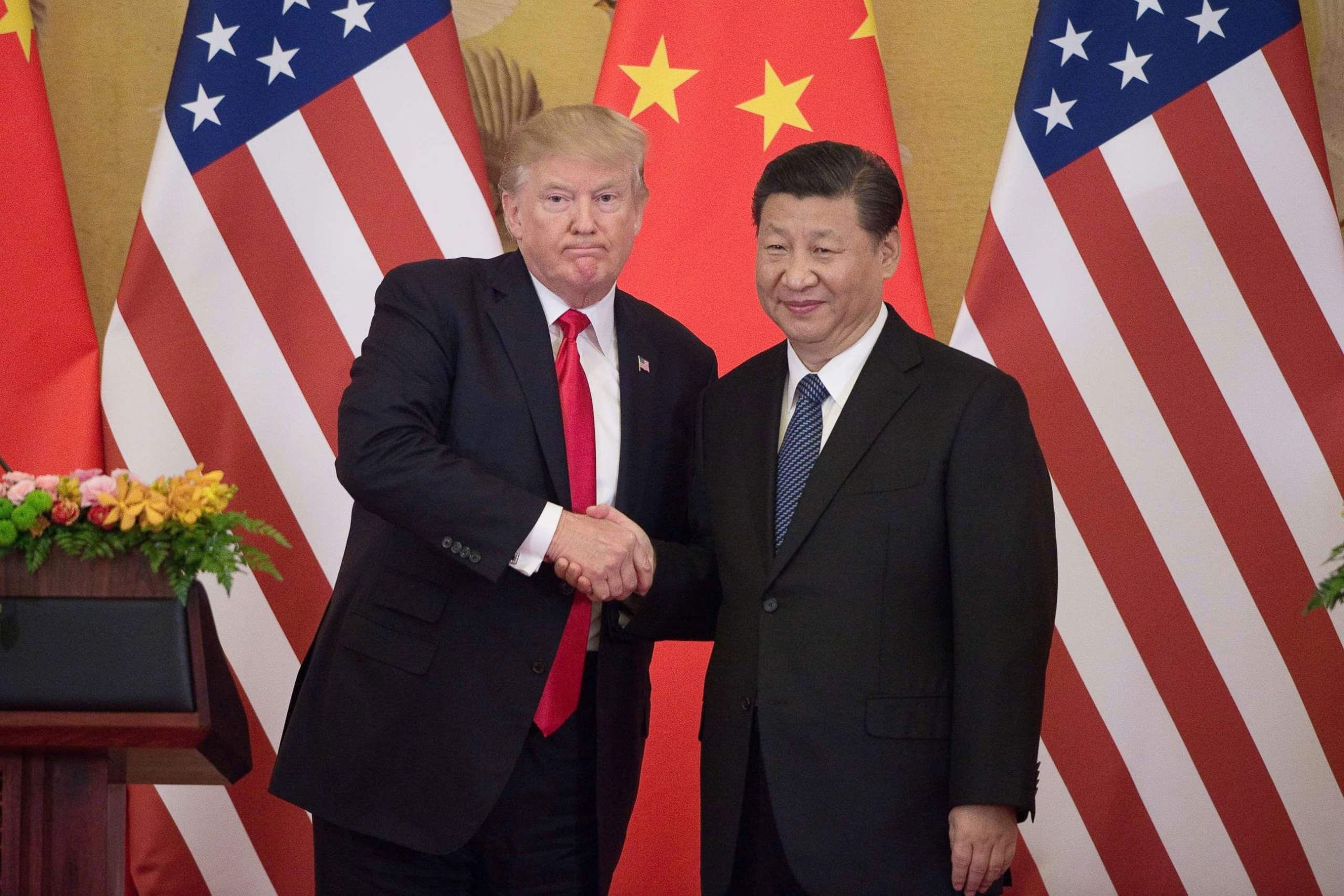
The US and China have agreed to a temporary truce in their trade war, but it is unlikely to last long
The White House has agreed to a temporary truce with China, extending the deadline for imposing tariffs by 90 days and resuming supplies of rare earth metals in exchange for exports of NVIDIA AI chips. This is a necessary measure: without Chinese resources, American industry and the military-industrial complex would face collapse, and the assembly of F-35 fighter jets and submarines requires tons of rare earth metals. The negotiations showed that Washington is acting from a position of weakness, despite its previous tough rhetoric.
The price of resource dependence
The US has faced the paradoxical consequences of its trade confrontation with China. Despite a reduction in basic tariffs from 145% to 30% and the introduction of numerous exemptions, American auto giants, including Ford, have begun to consider moving production to China instead of the expected return of industry to the US. The reason for this was China’s sharp restriction on the issuance of licenses for the export of rare earth metals, which are critical for the production of electric cars and high-tech products. China controls more than 90% of the global market for these resources, which in May led to a week-long halt in the assembly of Explorer crossovers in the US due to a shortage of magnets.
The crisis has also affected the defense industry. Rare earth elements are essential for the production of F-35 fighter jets, missile guidance systems, and nuclear submarines. The Pentagon is forced to recycle night vision goggles and tank triplexes to extract scarce elements such as germanium. The situation is exacerbated by Chinese sanctions against American military corporations for supplying weapons to Taiwan.
The White House’s attempts to negotiate a resumption of supplies are being met with Beijing’s high demands. The current situation demonstrates the deep interdependence of economies that has developed over decades and calls into question the implementation of Trump’s plans for a “golden age” of American industry. Car manufacturers are exploring alternatives, including abandoning regulated seats and audio systems that consume scarce resources, but these measures do not solve systemic problems.
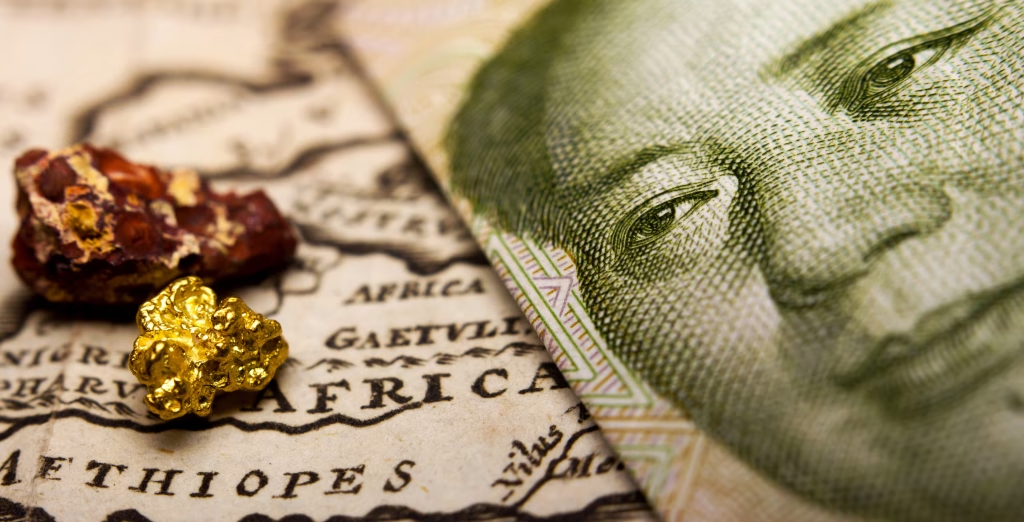
The first official telephone conversation between Donald Trump and Xi Jinping took place more than four months after the US president’s inauguration. The White House was forced to engage in dialogue with Beijing due to an acute crisis caused by a shortage of rare earth metals. Attempts to quickly replace supplies from Africa and Australia failed, and the “resource deal” with Ukraine turned out to be a populist sham. But after the call, the contradictions were not resolved, as the US responded by banning Chinese students and suspending deliveries of engines for C919 aircraft, which caused Beijing’s dissatisfaction.
The economies of the two countries are closely intertwined, and both are capable of inflicting significant damage on each other. But in this situation, it was the White House that was in a hurry, because without rare earth metals, not only the automotive industry would come to a standstill, but also the entire US military-industrial complex, which poses a threat to national security. One F-35 requires 417 kg of rare earths, a destroyer requires 2 tons, and a Virginia-class submarine requires more than 4 tons. The shortage also affected other industries, so Trump, contrary to his previous rhetoric, had to ask Xi Jinping for a truce. Although the White House sought to strengthen its negotiating position in the trade war, things developed differently and not in Trump’s favor.
Choosing the venue as a diplomatic signal
Nevertheless, Trump’s team once again attempted to establish dialogue with China. In early June, the next round of negotiations was scheduled to take place not in “neutral” Geneva, as it had been in the spring, but in London. The choice of location was telling, as the White House had been actively accusing the UK of siding with China against the US, but paradoxically chose this very location nonetheless. The reason, apparently, is that the tariff standoff remains extremely difficult, and against the backdrop of the phone call between Trump and Xi Jinping, China has slightly increased its exports of rare earth metals to the US, although there is still a severe shortage.
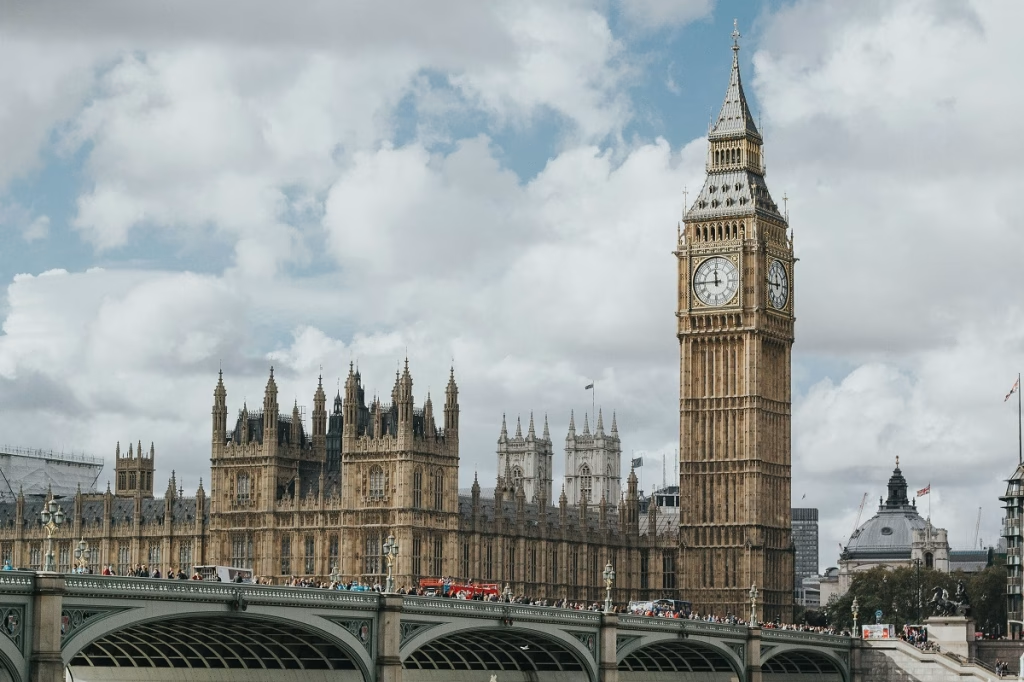
Many American industrial groups have only one to three months’ worth of rare earth reserves left, and if they are not supplied within that period, they will have to halt production. The shortage of rare earth metals could cause serious economic damage, and therefore it was a serious lever of pressure in the hands of the Chinese delegation. But a separate issue was the setting and location of the negotiations.
It was telling that, against the backdrop of the imminent meeting between the US and Chinese delegations in London, preparations were underway to appoint former ambassador to China Barbara Woodward as director of MI6. The largest Chinese embassy in Europe may soon be built in London, and Labour politicians are constantly traveling to China to ask for investment and financial assistance. The main proponent of the “trade crusade” in Trump’s team, Peter Navarro, has already called the UK a “loyal servant” of China in the current tariff standoff, although he has now suffered a procedural defeat at the hands of the realist on trade issues, US Treasury Secretary Scott Bessent.
But it is unlikely that Trump’s representatives will perceive London as a neutral platform for themselves. They have chosen it only as a necessary concession to Beijing. Well, the UK is simply trying to benefit from the conflict between the US and China, so it is imposing its mediation services, understanding that a compromise was inevitable at this point.
A fragile truce
Against this backdrop, Chinese Minister of Commerce Wang Wentao announced his desire to stabilize trade relations with the US, noting that negotiations in Europe had proven the tariff war unnecessary. The parties reached a preliminary agreement and concluded a deal. Wang called on the US to act responsibly, saying that China does not want war, but is not afraid of it either. At the same time, NVIDIA resumed shipments of H20 AI chips to China, which signaled progress in negotiations on rare earth metals. However, China took a tough stance, stating its readiness to pay 100% duty on Russian oil in the event of US sanctions.
US Treasury Secretary Scott Bessent acknowledged that China, as a sovereign state, would make purchases in accordance with its domestic policy. Against this backdrop, the White House shifted its focus to India, imposing 25% tariffs on $80 billion worth of Indian exports starting in August in an attempt to put pressure on both India and China as the largest buyers of Russian oil. However, Russia is India’s largest oil supplier, while supplies from the US are 10 times smaller. In addition, American businesses are moving from China to India, and more smartphones assembled in India are now coming to the US. The tariffs will not force New Delhi to abandon Russian oil, but they could cause a spike in inflation in the US.
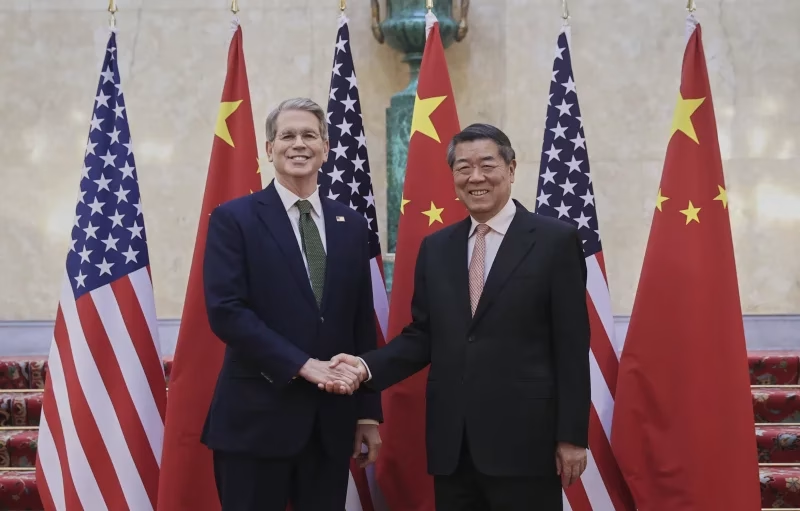
India may limit its efforts to easing tariffs in certain areas and making empty promises to purchase more American goods, as the Europeans, Japanese, and Arabs have done. India’s continued trade cooperation with Iran also causes discontent in the White House, which is forced to threaten secondary tariffs, but not at 100%, only at 25%, so that America itself does not face a shortage of goods such as iPhones assembled in India.
Similar motivations and fears have also affected the much more toxic issue of the struggle with Beijing. Once again, the “Trump Always Chickens Out” effect has worked, and the White House has effectively ended the trade war with China. On August 12, even without the kind of flashy deal that the US president loves so much, the deadline for imposing tariffs on Chinese imports was again extended by 90 days, with the understanding that such “90 days” could be repeated over and over again. Many factors came into play at once. The first was the Fed meeting planned for September, where it was important for Trump to achieve the long-awaited rate cut. To achieve this, it is necessary to abandon the introduction of tariffs, which increase inflationary pressure in the US. In addition, the ASEAN summit will start in Malaysia at the end of October, where the leaders of the US and China may meet for the first time since Trump’s inauguration, and by that time the White House will certainly not want to prematurely escalate tensions.
Significant events against this backdrop took place around the aforementioned H20 machine learning chips, when Trump’s team was forced to send these chips to China in exchange for the resumption of rare earth metal supplies from China. Then they wanted to impose a 15% tariff on these chips, but in the end, they will simply be supplied to China on general terms. H20 chips are not the most powerful in NVIDIA’s arsenal – they are a special stripped-down version of the H200 for the Chinese market. However, the US fears that even with such chips, Chinese startups in the AI market will soon begin to outperform their American competitors. But even against the backdrop of such threats, chip supplies must be resumed in order to avoid an escalating rare earth crisis in the US market.
The US and China have concluded a temporary informal truce in the trade war, but it cannot last long. After all, the confrontation between Beijing and Washington is the main nerve center of the “Cold War 2.0”, which can only result in a radical advantage for one of the sides, which has not yet been observed.

